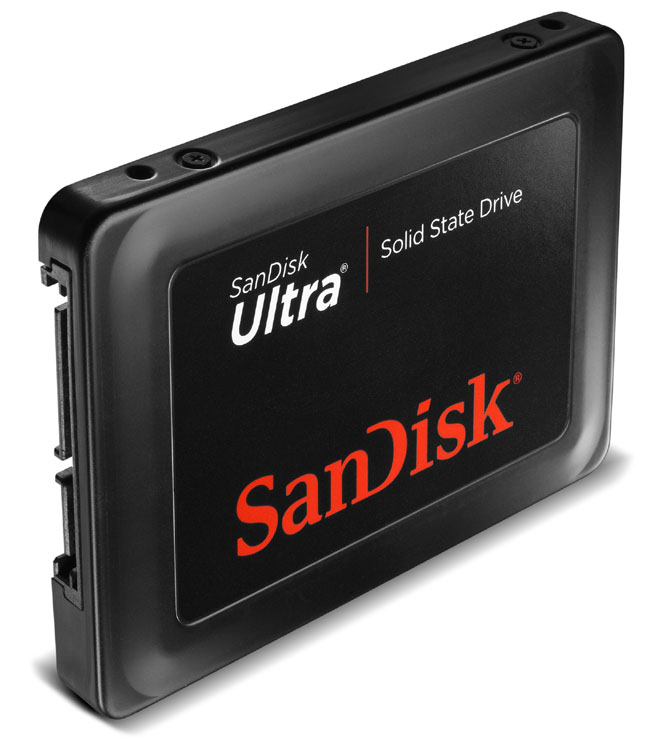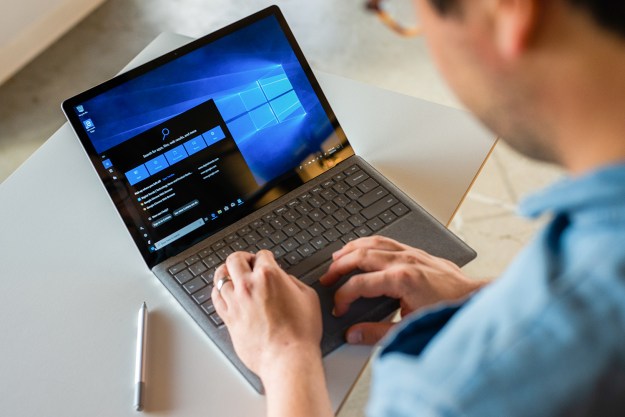
Flash-based solid-state drives (SSDs) used to high expensive storage options only for high-end systems—but has portable devices have taken off and the cost of flash storage has come down, SSDs are becoming very real storage options for everyday computer owners. And SanDisk is hoping some of those folks will want to augment or upgrade their existing computers with their new Sandisk Ultra SSDs, available in 60, 120, and 240 GB capacities and with performance specs that ought to give some renewed zing to an aging PC.
“Replacing a computer’s hard disk drive with the SanDisk Ultra SSD is more cost effective than buying a new PC,” said SanDisk director of product marketing Kent Perry, in a statement. “Our new SSD delivers greater speed and reliability than a hard disk drive at an affordable price.”
The SanDisk Ultra SSDs feature 280MB/s sequential read times and 270 MB/s sequential write speeds for fast system startups and app launch times, and sport a SATA 3Gb/s interface—SanDisk characterizes their performance as roughly double that of a 7200 RPM hard drive. Of course, with no moving parts the SSDs are both more durable and quieter than traditional hard drives, and also eat less power: just 0.43 Watts when active.
The SanDisk Ultra SSDs are available at retailers now in 60, 120, and 240 GB capacities for $129.99, $219.99, and $449.99, respectively. Sure, traditional hard drives still offer more storage for a lower price, but the performance of SSDs really can breath life into a system: one common strategy is to use a smaller SSD for the operating system and apps, while using traditional hard drives to storing all that bulky media like movies, music, and photos.
Editors' Recommendations
- Hurry! This ultra-durable 2TB SSD is $105 off until midnight
- Western Digital responds to claims that SanDisk SSD failures have design flaw
- This external SSD holds my Steam library, and it’s half-off for Prime Day
- A new supply shortage is now hitting SSDs and hard drives
- Save on SanDisk SD Cards at Amazon for Black Friday — from $15


